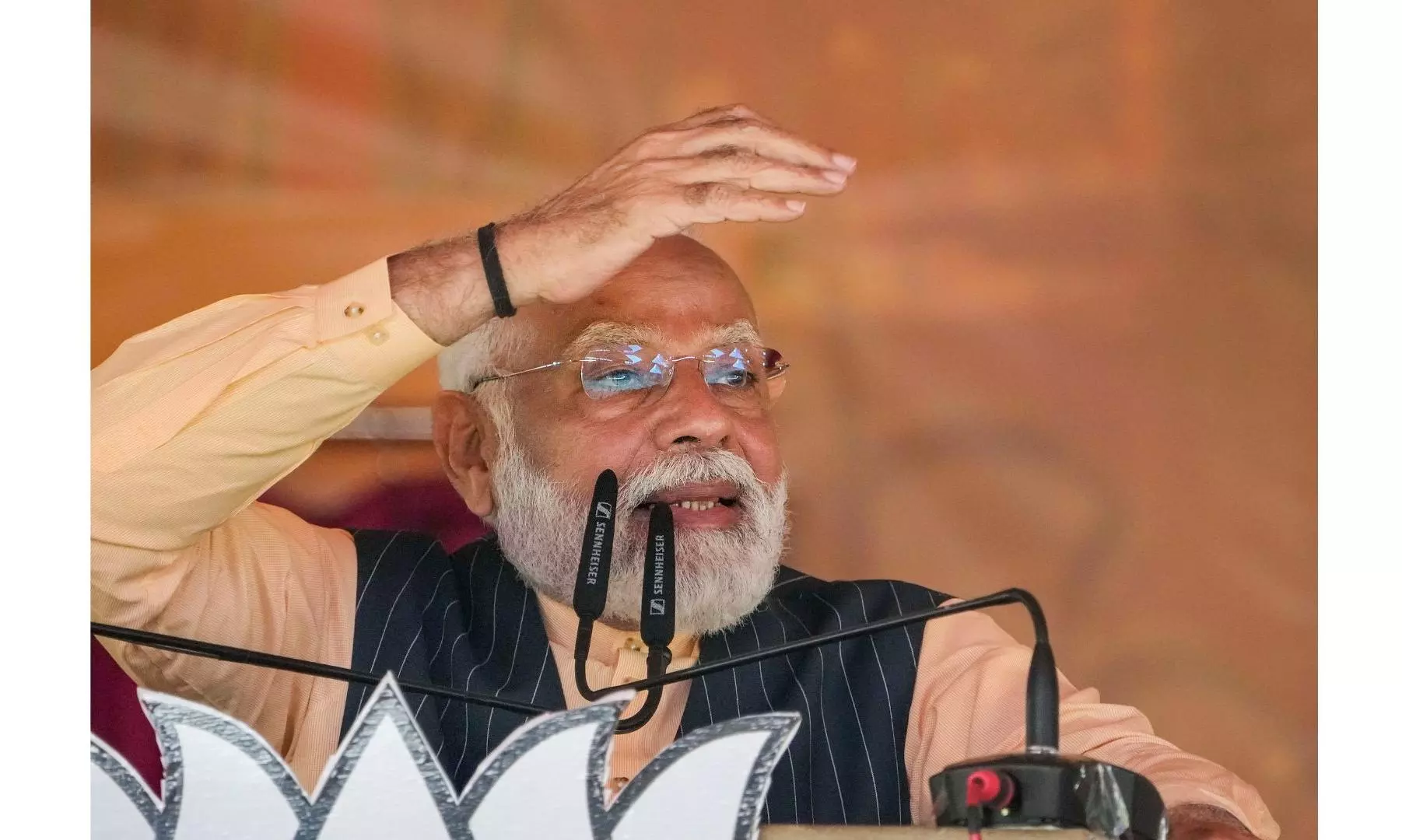3rd term in sight, Modi govt pushes ahead with lateral entry appointments
Modi-led government greenlights appointments of private sector specialists in key government roles, marking a departure from tradition to infuse fresh energy into policymaking.

Prime Minister Narendra Modi’s preferred lateral entry, introduced with much fanfare in 2018, received a lukewarm response and soon got passed over and forgotten. But Mr Modi never dropped the ball. Now, lateral entry has made a formidable comeback as Mr Modi’s second term comes to a close. In a recent development, the appointments committee of the Cabinet (ACC) headed by Mr Modi has greenlit the appointment of three joint secretaries and 22 directors/deputy secretaries across various Central government departments.
Traditionally, these positions have been occupied by officers from all-India services such as the IAS, IPS, IFoS and other Group A services. But the latest wave of appointments marks a departure from convention, as it embraces the lateral entry mode — introducing private sector specialists into government departments — to infuse fresh energy and perspectives.
The lateral entry scheme is for recruiting at the joint secretary, director and deputy secretary levels, where these officers wield significant influence on policymaking. Initially, when the scheme was launched, the personnel ministry recruited for 10 joint secretary positions, with the hiring being overseen by the Union Public Service Commission (UPSC). In 2021, the UPSC recommended 31 candidates for appointment as joint secretaries, directors and deputy secretaries across various departments. As of date, 33 private sector specialists, including eight joint secretaries, 16 directors and nine deputy secretaries, have joined the government. Notably, two joint secretaries have completed their three-year tenures.
Under the scheme, recruitments are made to posts requiring domain specialisation and draw candidates from the private sector, state government, autonomous bodies and public sector undertakings alike.
Obviously, with India on the verge of general election, any headway in this new round of lateral hiring will have to wait for the new government to be sworn in. But with Mr Modi exuding confidence that the third term is a shoo-in, he is looking far ahead, including getting his Cabinet colleagues and senior babus to chalk out a 100-day action plan for after the elections.
Stalled I-T tribunal appointments raise concerns
Despite the appointments committee of Cabinet (ACC) signing off on the appointment of 18 judicial members and 22 accountant members within the Income Tax Appellate Tribunal (ITAT), these individuals find themselves in limbo, awaiting the issuance of formal orders from the ministry of law and justice for the past two months.
The inordinate delay in issuing formal orders is being compared with the swift actions seen in the appointments to other tribunals like NCLT, CESAT and CAT, where members received their formal orders within a mere two weeks of the ACC notification in November last year. But the situation for ITAT members seems markedly different, leaving them in a state of uncertainty.
While some speculate that the delay may stem from the need to finalise appointment letters for the 40 senior officials, others view such prolonged waiting periods with some scepticism. The 40 appointees will have a four-year term or until they reach the age of 67.
The delay not only raises eyebrows but also invites scrutiny. Moreover, it prompts the question of the efficiency of law ministry babus. Perhaps they are dealing with more urgent matters than ensuring the routine functioning of an institution like ITAT.
Controversy and continuity in Rajasthan IAS reshuffle
The recent transfers of divisional commissioners and collectors in Rajasthan have sparked interest due to several noteworthy facts. Despite a change in government, most divisional commissioners appointed by the previous Ashok Gehlot government remain in their positions across various divisions, with only one new appointment in Ajmer with Mahesh Chand Sharma appointed as divisional commissioner.
Notably, only in the three divisions — Kota, Pali and Bikaner — have there been shuffles among the commissioners. The reasons behind the transfers of specific commissioners like Pratibha Singh, Vandana Singh and Urmila Rajoria are unclear. Why were only these three DCs shortlisted when there was talk of bringing Arushi Maik from Jaipur and Neeraj K Pawan from Bhanswara into the mainstream and efforts were also made towards this end? Only these two divisional commissioners are directly recruited IAS officers and are senior IAS officers of the 2003 and 2005 batches respectively, whereas the remaining seven DCs are promotee IAS.
Similarly, the Bhajan Lal Sharma government has reshuffled collectors in almost all districts except for Jaipur, Udaipur and Ajmer. Notably, these districts also serve as divisional headquarters. The decision to retain collectors like Prakash Rajpurohit, Arvind Poswal and Bharti Dixit, despite changes elsewhere, seems to be based on their experience and performance. Overall these transfers highlight both continuity and change, leaving certain choices open to speculation.

